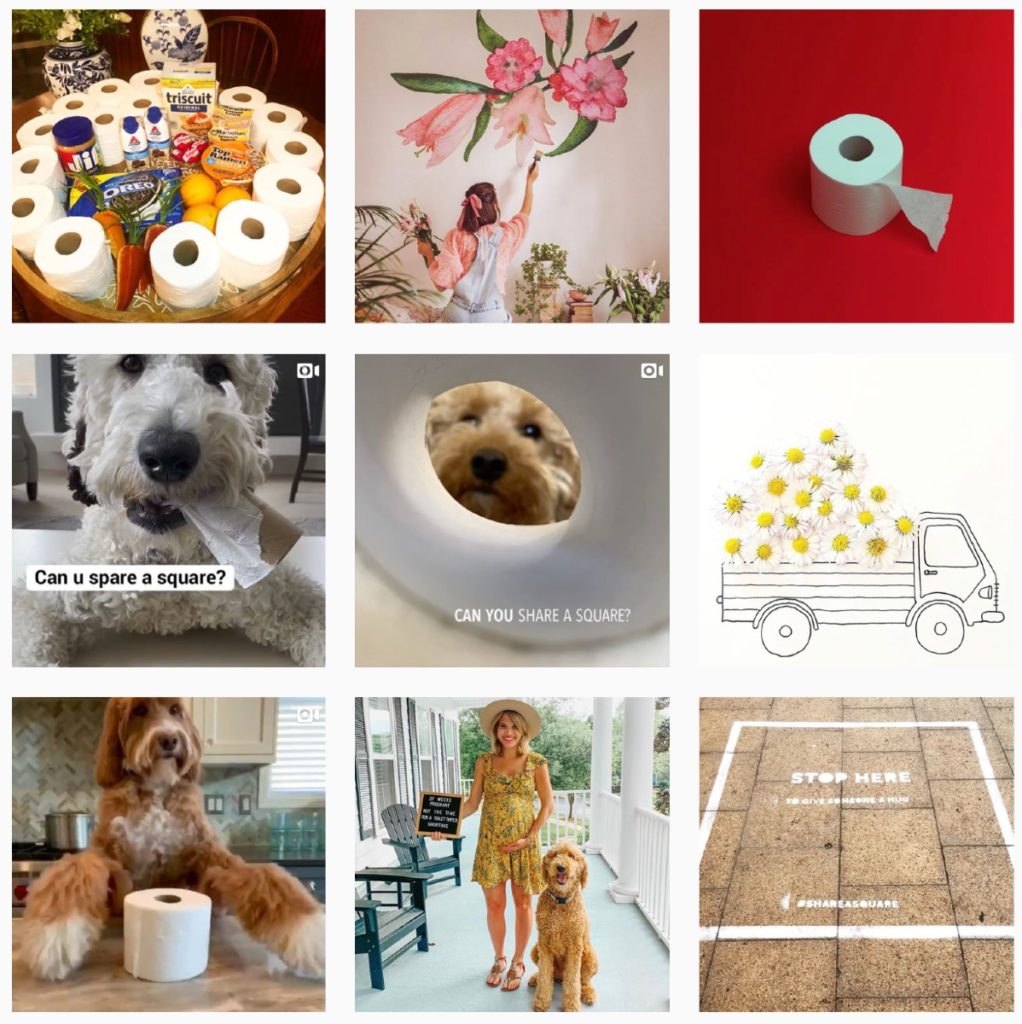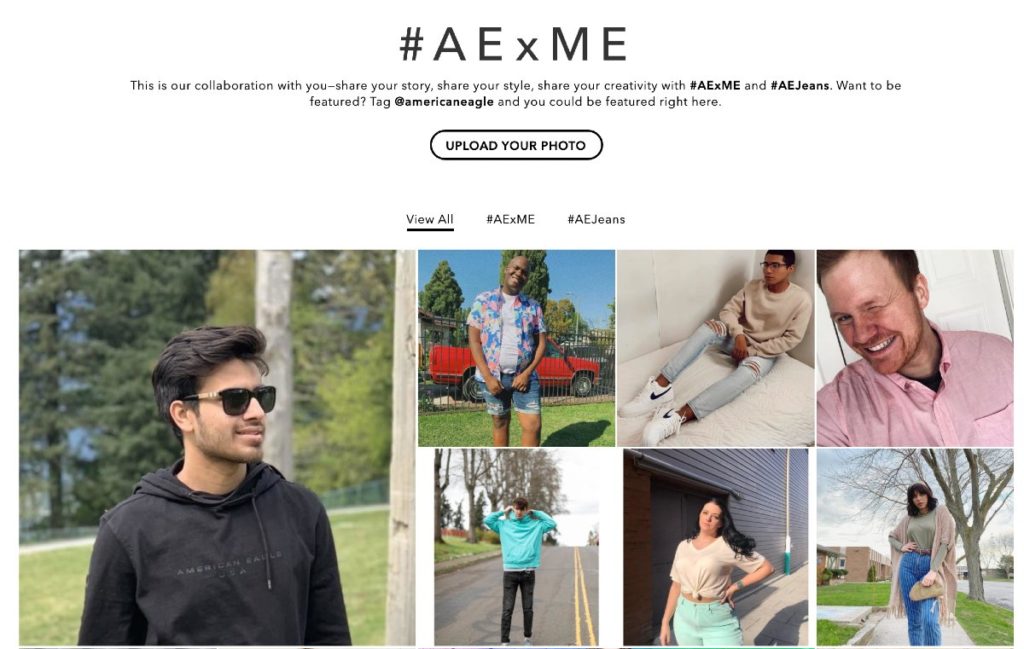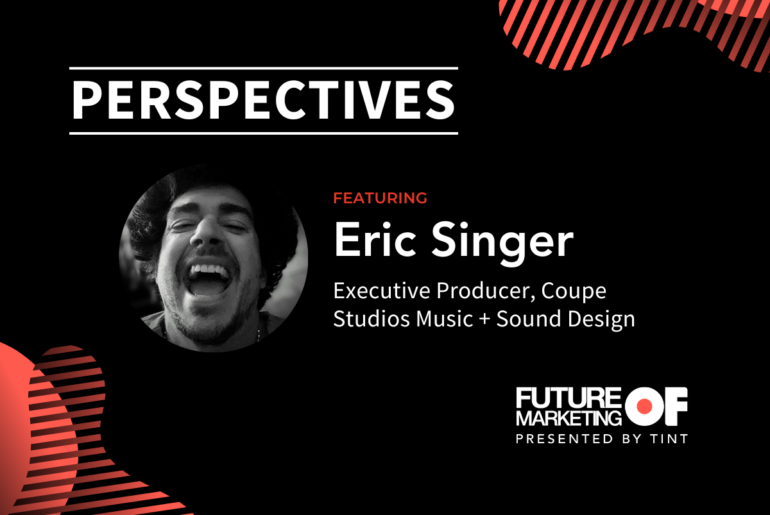During times of crisis, marketing teams are forced to rethink strategies. In this series, we examine how brand leaders across the retail industry are responding to new consumer patterns and quickly shifting social strategies to connect with their target audiences around the world.
Kitchen Aid: #MakeItTogether
KitchenAid is sharing recipes to promote its blender in its new #MakeItTogether campaign. The appliance brand is pulling content from Instagram and Pinterest to highlight trending recipes, including whipped coffee, banana bread, and homemade pasta. This campaign builds on Kitchen Maid’s long-running “Makes” campaign, which aims at spotlighting cooks.
Their initiative demonstrates how some brands are leveraging social media to promote products and simultaneously also inspire consumers to get creative at home.
Cottonelle: #ShareASquare
Cottonelle released a simple ad urging Americans to stop hoarding toilet paper. Instead, it prompted social media users to “share a square” with friends, family, and neighbors in need.
Cottonelle partnered with United Way to donate $1 million and 1 million rolls of toilet paper to the organization’s pandemic Community Response and Recovery Fund. The company also pledged to donate $1 for each toilet paper post that is uploaded on social media using #ShareASquare.
Cottonelle shares, “though some shelves may be empty, we know there is no shortage of kindness.” This demonstrates a brand practicing social listening – using the voice of consumers to make an impact.

Curiosity: #SaveCincySmall
Curiosity, a marketing agency based in Ohio, recently took to social media to help small local businesses. With the hashtag #SaveCincySmall, the agency highlighted 10 small local businesses on its Instagram profile.
Curiosity also contributed to each business financially – whether through donations or via purchases (like gift cards for future haircuts). Curiosity tagged a different Cincinnati-based agency in each post, asking them to support and help boost awareness.
Chloe: #ChloeVoices
Fashion brand, Chloé, is releasing personal social media content that invites collaboration.
Chloé is live streaming sessions on Instagram featuring creative women – such as writers and artists – who are considered to be #ChloeGirls. This strategy gives consumers access to a brand’s world without having to purchase products.
American Eagle: #AEJeans and #AExME
American Eagle is encouraging customers to trade in their PJs for #AEjeans and tag their photos with #AExME for a chance to be featured on their website. A great example of a brand using user-generated content (or the voice of consumers) to boost brand awareness.

Boost: Shoppable Hashtags
Boost Inc. is a California-based tech startup that has spent the last five years creating a way to instantly convert text messages and hashtags into e-commerce sales – giving brands a new way to sell without a website.
The brand created advertisements prior to the pandemic, which coincidentally seem more appropriate now.
Levi’s and TikTok: #OddlySatisfying
Levi’s partnered with TikTok influencers who used Levis’ laser-powered 3-D denim technology to create their own custom denim. While the campaign began in early 2020, the final videos were barely shared last week.
The influencer videos appeared on TikTok as in-feed ads, where users could click to buy the same design on Levi.com. Levi’s reported watch time for these videos was twice as long as the TikTok platform average.
We will update this list as the future unfolds. If you spot a campaign worth mentioning below, please share it with us on social or via e-mail at futureofmarketing@tintup.com.






